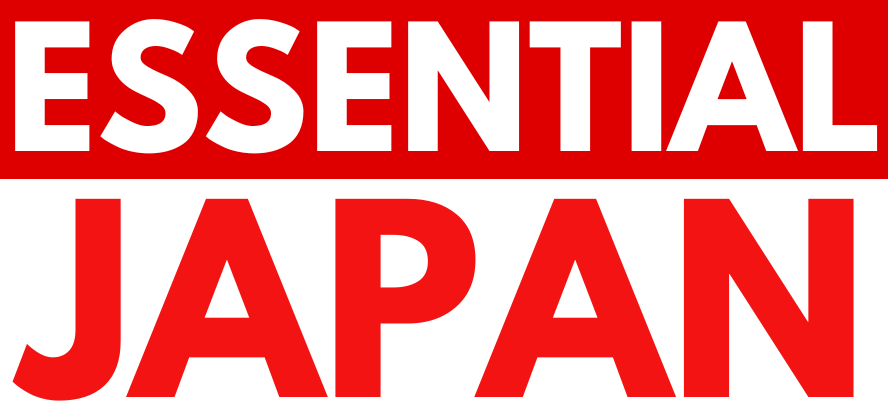Tourists to be charged more than locals as Japan combats overtourism
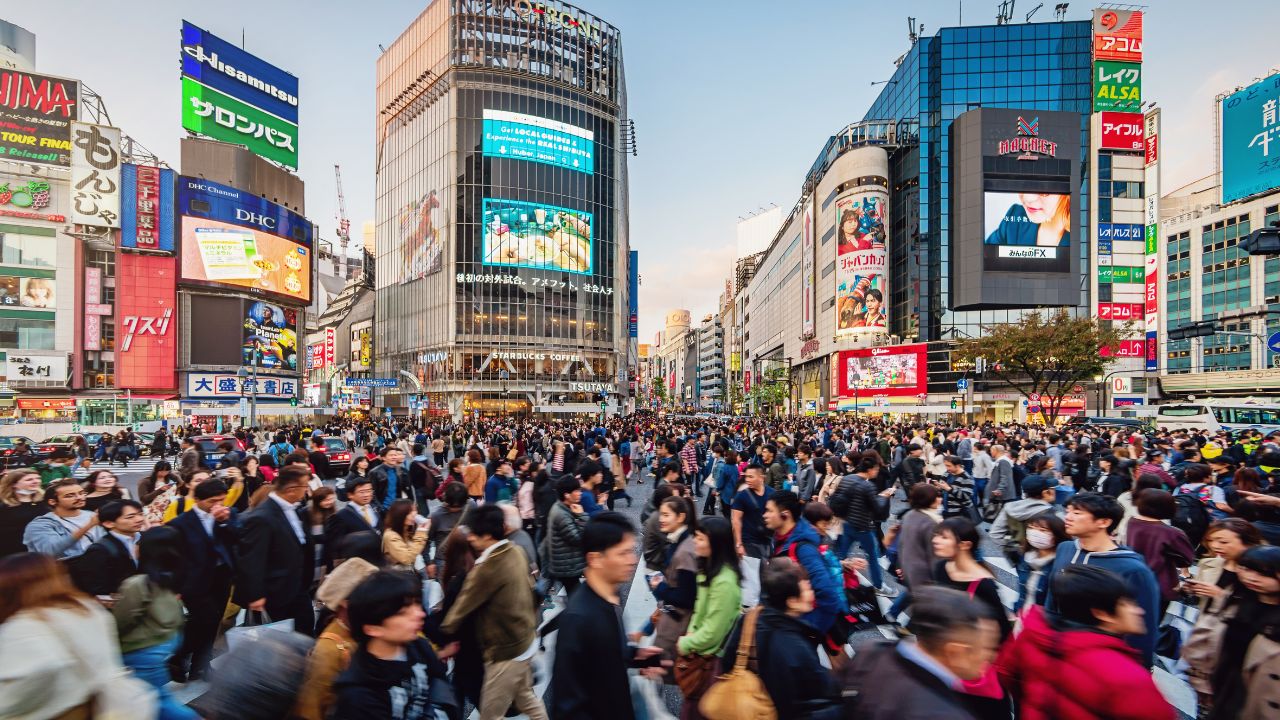
Japan is set to implement a tiered pricing policy at major tourist attractions from July.
The change in policy will allow attractions to introduce a dual-pricing structure, establishing different admission fees for Japanese residents and international visitors.
The new policy aims to manage the influx of tourists that Japan has experienced, particularly in recent years, while ensuring the sustainability of its tourism sector.
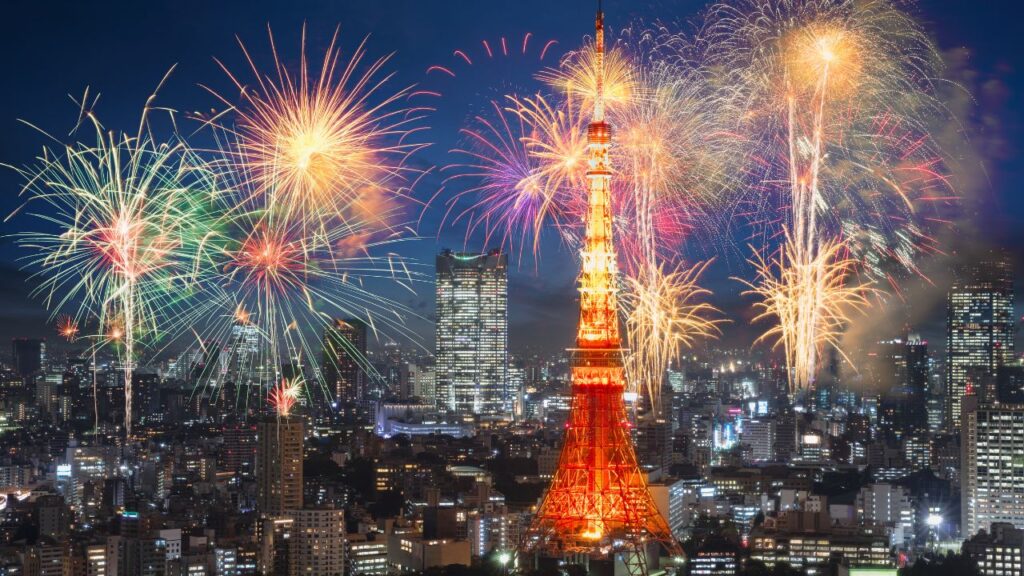
In 2024, Japan became the second most popular Asian tourist destination after China when it received an unprecedented 36.86 million international arrivals and received more visitors than Thailand for the first time.
This surge in visitors has been largely attributed to the depreciation of the Japanese yen, making Japan a more affordable destination for many international travellers.
Increasing strain on popular destinations due to over-tourism has prompted the Japanese government and local authorities to explore various management strategies to reduce the number of visitors at some attractions.
Previous measures implemented include visitor caps, such as a limitation on the number of daily climbers on Mount Fuji to 4,000.
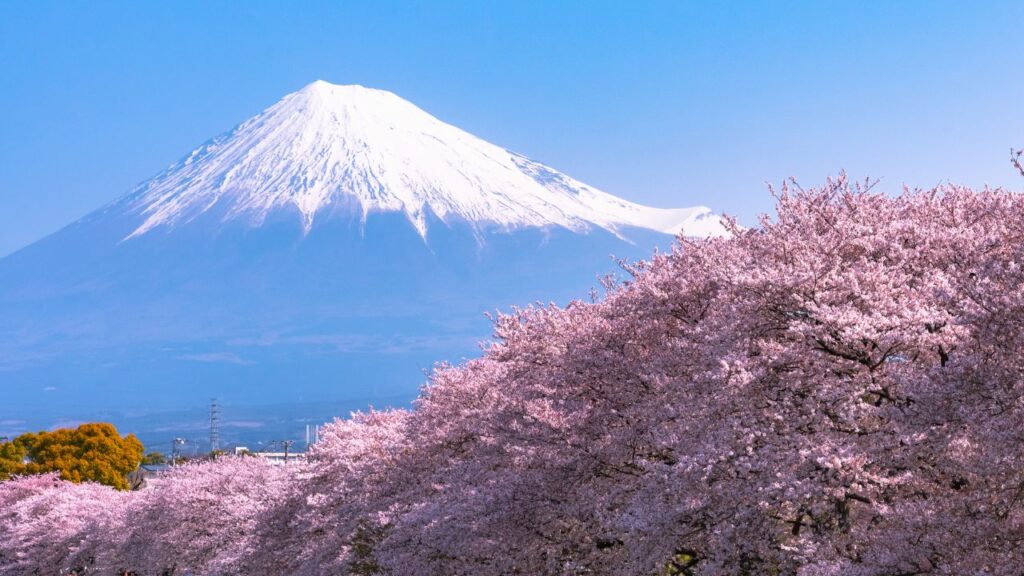
The upcoming tiered pricing system represents another significant step in this direction, seeking to balance visitor numbers, protect cultural landmarks from excessive wear and tear, and generate additional financial resources for their upkeep and the improvement of tourism infrastructure.
Japan has set an ambitious target of attracting 60 million foreign tourists annually by the year 2030 and sees the new policy as part of a package of sustainable tourism management practices that will prevent over-tourism.
Under the tiered pricing model, international tourists will generally be required to pay higher entry fees compared to Japanese residents.
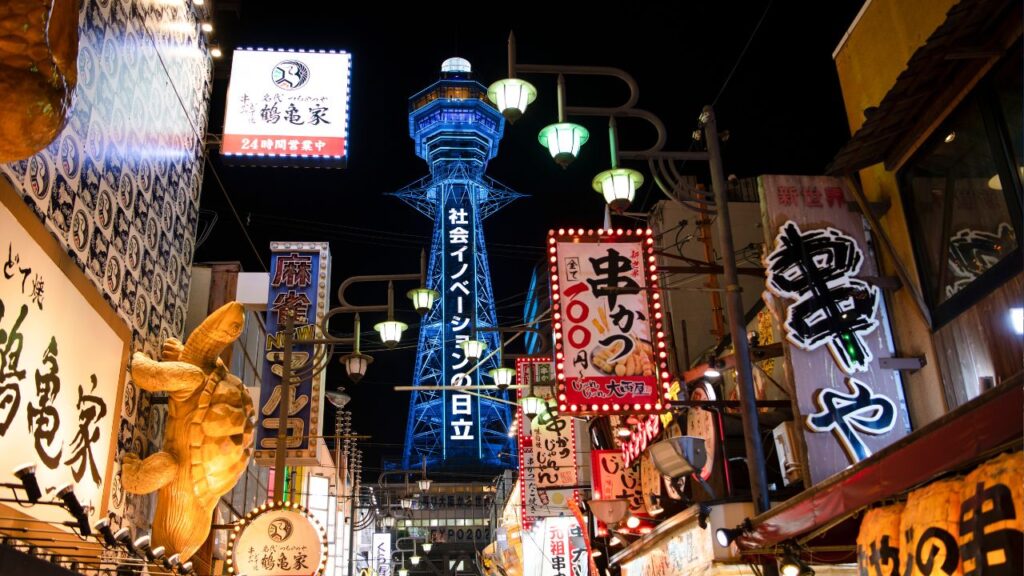
The additional revenue generated from the higher fees for tourists is intended to be reinvested into the maintenance, preservation, and enhancement of the attractions they are visiting.
A number of attractions in Japan have already advised that they will be introducing tiered pricing.
The Niseko Ski Resorts in Hokkaido will charge international tourists a daily lift ticket price of ¥6,500 (approx. $43.50 USD / £33.69 GBP) while local residents will pay a lower rate of ¥5,000 (approx. $33.46 USD / £25.91 GBP).
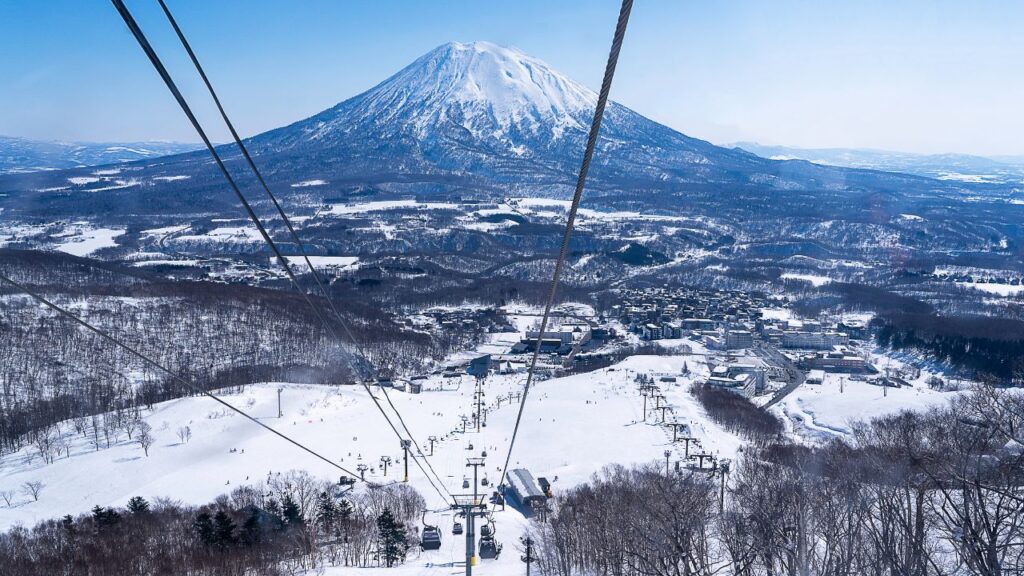
Jungaria Okinawa, a nature-themed park scheduled to open in Okinawa in July 2025, has already announced it will operate a tiered pricing structure.
Foreign tourists will be expected to pay ¥8,800 (approx. $58.90 USD / £45.62 GBP) in admission fees, while local residents will be charged ¥6,930 (approx. $46.38 USD / £35.92 GBP).
The park’s management has justified this pricing difference by drawing comparisons to international theme park admission costs and emphasizing the role of tourist revenue in funding site improvements and conservation efforts.
It is anticipated that a number of sacred shrines and temples across Japan that currently charge a fee for access will also increase their admission fees specifically for international tourists.
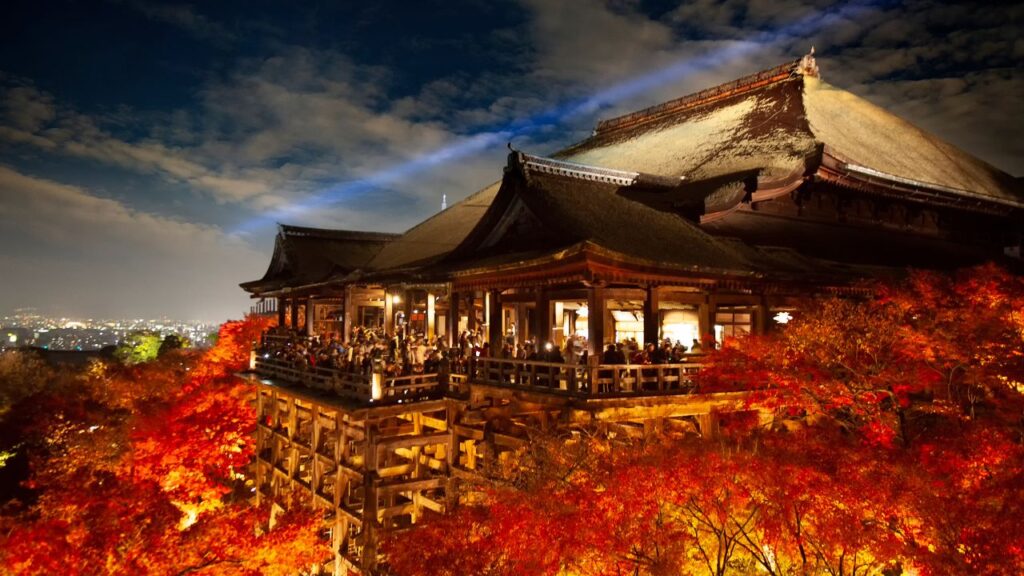
This will include Kiyomizu-dera Temple in Kyoto, one of Kyoto’s most iconic and heavily visited Buddhist temples, which is currently considering the implementation of different prices for international tourists.
The implementation of tiered pricing has, however, sparked considerable debate regarding its fairness and the practicalities of distinguishing between tourists and local residents.
Questions have arisen about the definition of “local” pricing and whether it will apply uniformly to all Japanese nationals or be restricted to residents of specific regions.
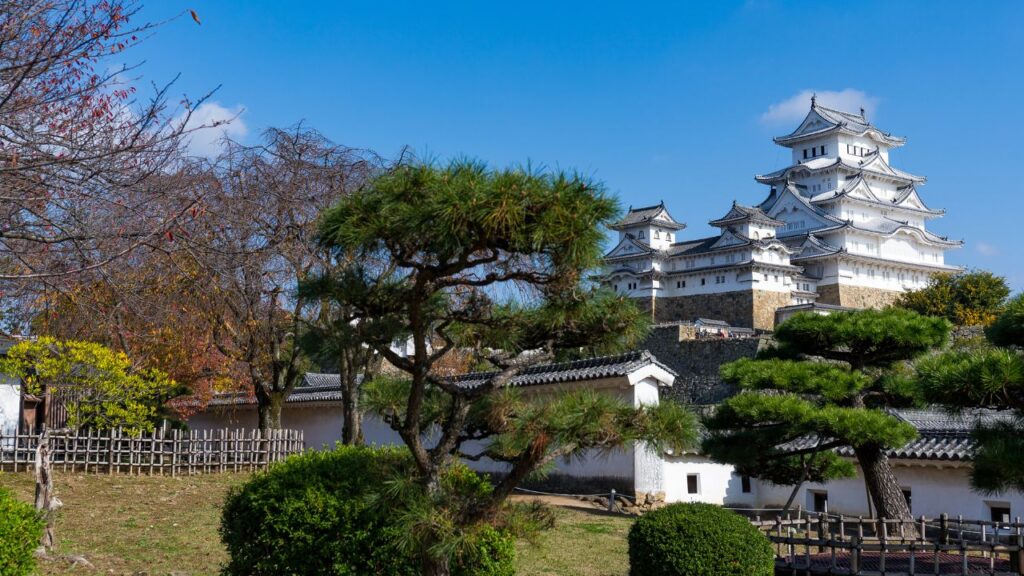
Himeji Castle, a UNESCO World Heritage site and one of Japan’s most well-preserved feudal castles, has reportedly opted for a regional pricing model and will offer reduced admission fees only to residents of Himeji City, rather than a nationality-based system.
It is important to note that the concept of differential or tiered pricing for tourists is not unique to Japan.
Several other popular international tourist destinations have long employed similar systems.
For example, the Temple of the Emerald Buddha (Wat Phra Kaew) in Bangkok, Thailand, and the Taj Mahal in Agra, India, both charge significantly higher admission fees for foreign visitors compared to their own citizens.

Additionally, the implementation of tourism taxes or visitor levies is becoming increasingly common globally, with destinations such as Venice, Italy, and the US state of Hawaii imposing fees on tourists.
Japanese authorities believe that the adoption of a dual-pricing model will serve as a crucial tool in alleviating the pressures of overcrowding at popular tourist sites, enhancing the overall visitor experience, and generating necessary funds for the sustainable management of these valuable assets.
By charging higher fees to international visitors, the policy aims to better reflect the economic benefits derived from tourism and to ensure the long-term preservation of Japan’s cultural and natural attractions for future generations.
Source: The National
